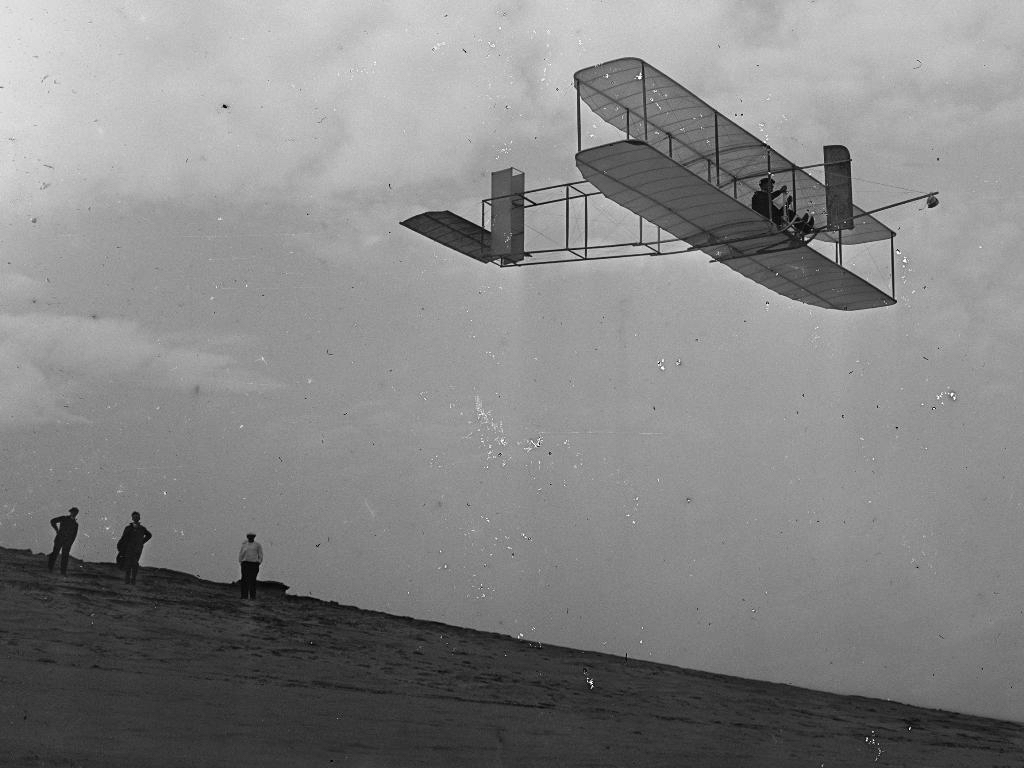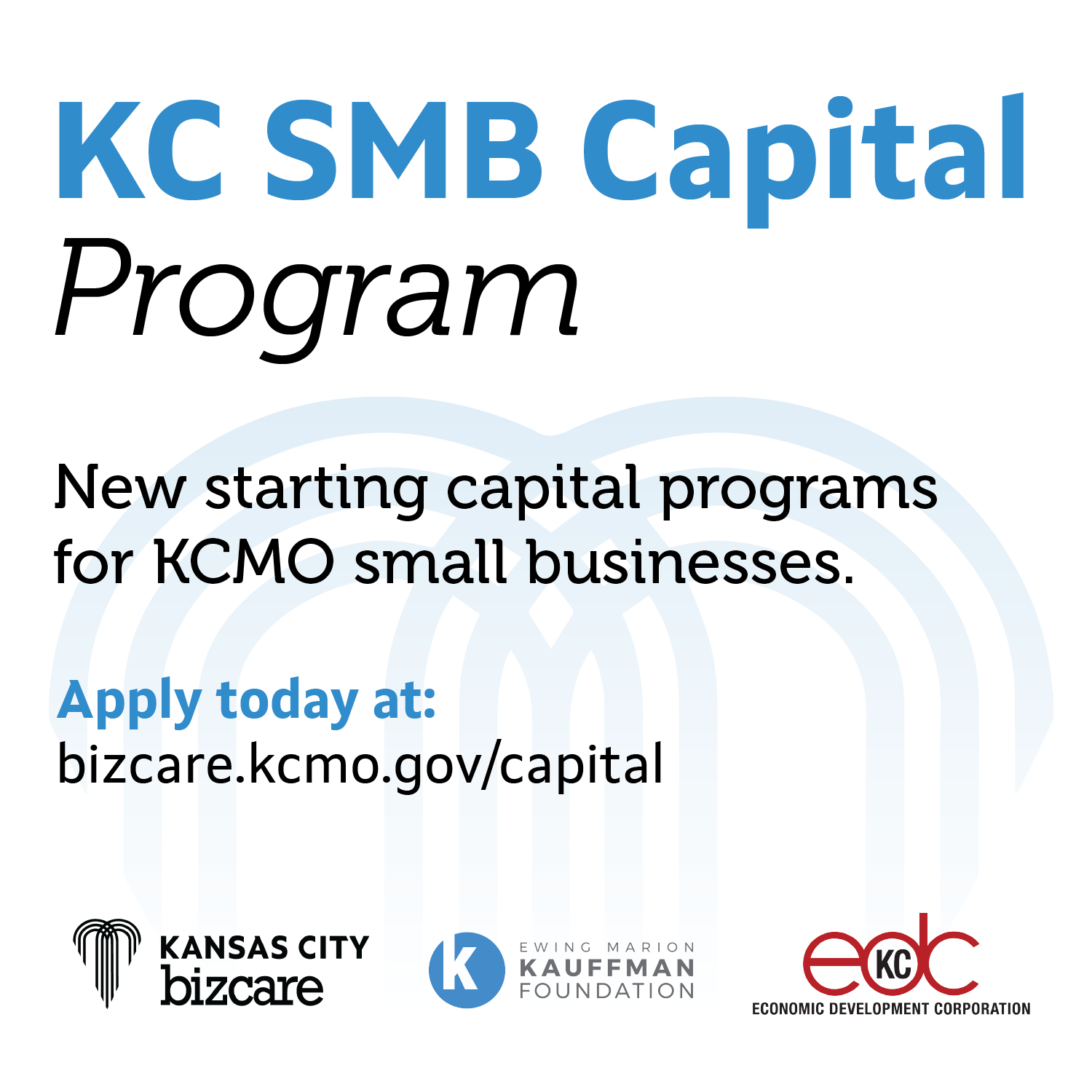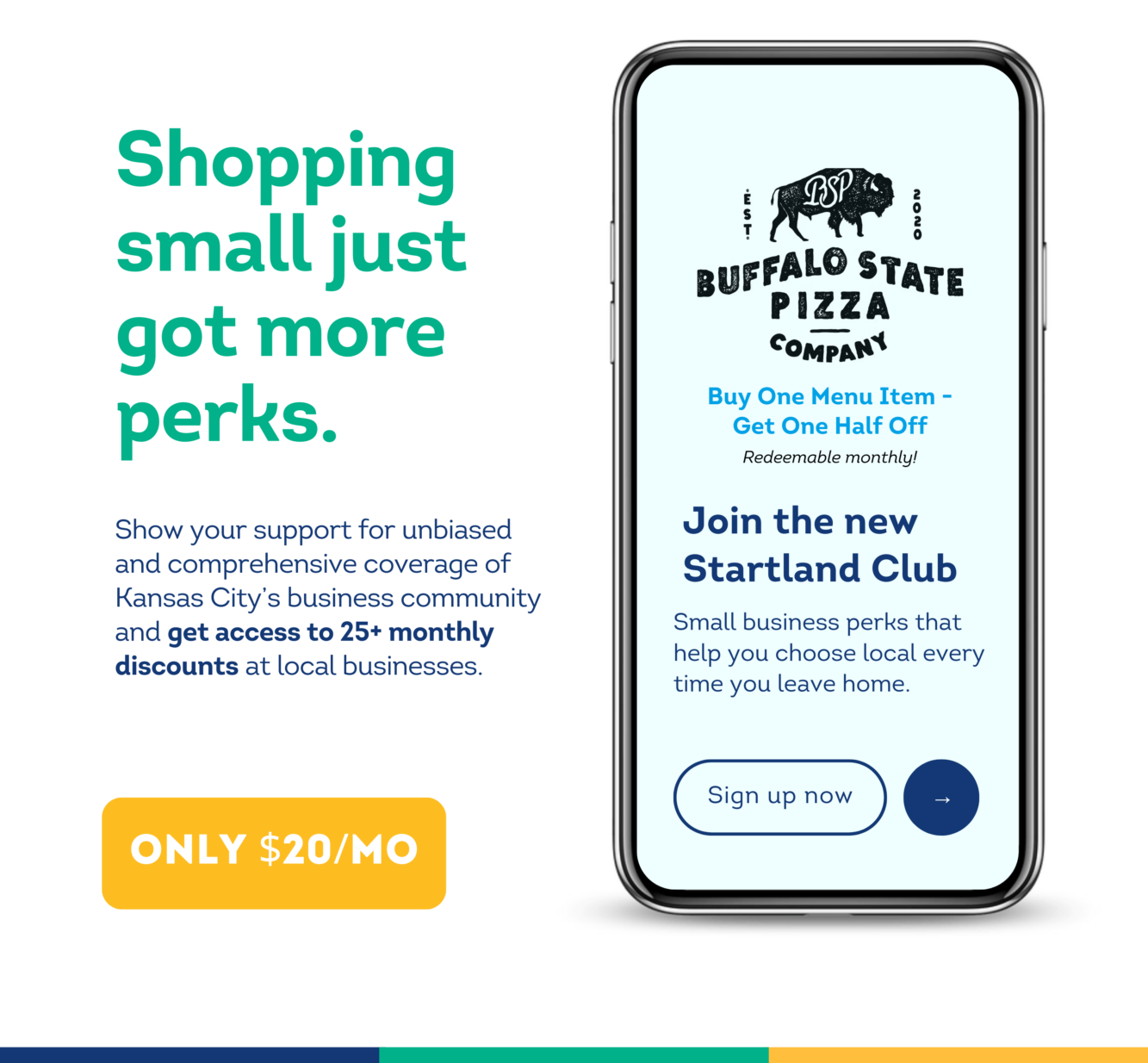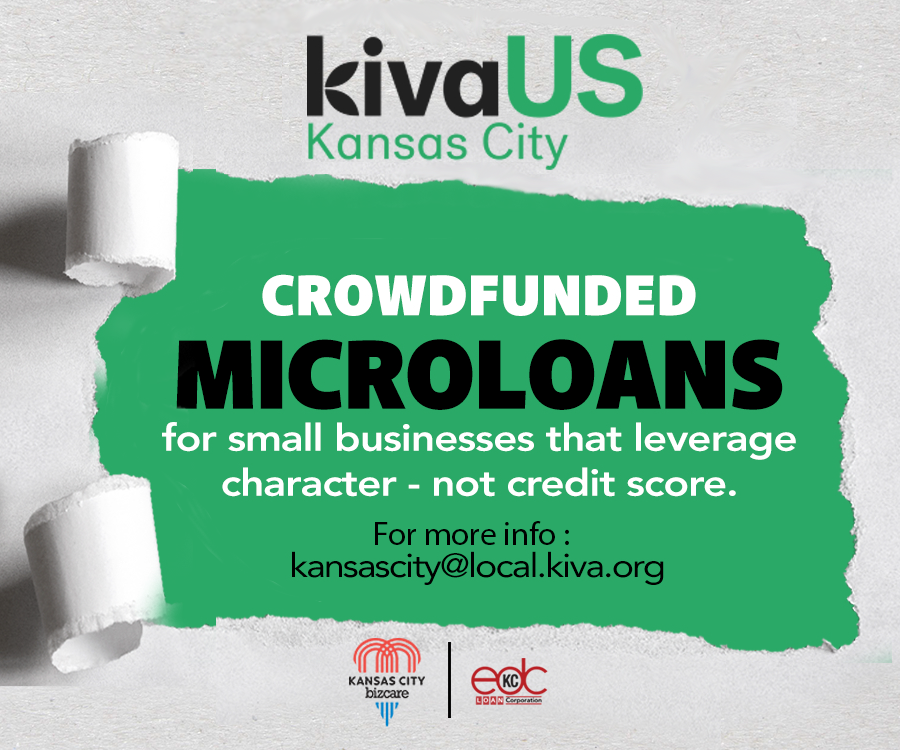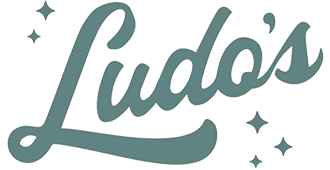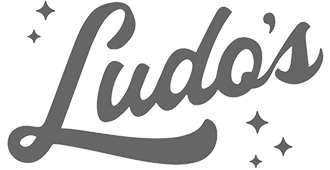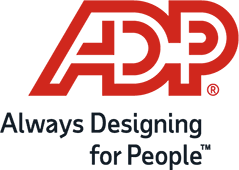Some of the biggest moments in any business start with two simple words: What if?
After these words, great opportunity can follow. Businesses have started, discoveries made, and movements ignited around this simple curiosity. These words help find the right problems to solve. They help discover the best solutions.
They may lead to failure or success, but they should always lead to action.
The risky step to action.
What if are the first words of any entrepreneurial venture. This question is the spark that leads to the notion that a simple idea could change the world. It brings with it the opportunity to explore something no one has done before with no guarantee of success.
Sometimes what if leads to, “Well, that didn’t work.” But after a failure or loss, the two words can move you past the failure to explore the next possible outcome. Almost all of our modern world has been shaped by this curiosity.
Facebook would not exist if Mark Zuckerberg had not thought to consider “What if we launch a social platform from a dorm room for college students?”
Instagram would not have sold to Facebook had Mike Krieger not explored, “What if I just learn to code and build my own app?”
Warby Parker would not be valued at over a billion dollars for selling eyeglasses online had they not considered, “What if we mail glasses to people to try on at home?”
Patagonia would not be a leading outdoor brand had it not stopped to consider, “What if we ordered rugby shirts and sold them to climbers that use our climbing hardware?”
Now I’m not saying that each of these founders or companies wrote down or said what if out loud, but the willingness to be curious and take action in the face of risk is a resounding what if moment.
Increase curiosity and courage.
Fear can be paralyzing. It’s that feeling right before you pick up the phone and make your first cold call. It’s that moment before you push your first app to your early customers. Fear keeps you from taking risks. It stops you from taking action. It’s that feeling right before you make your first inventory order before sales have even started.
A good reminder in these moments of fear is to ask yourself, “What if ?” This shifts the attention away from fear and straight to curiosity.
What if that next sales call lands the big client? What if asking the investor for money springboards your company to growth? What if you pivot your company’s direction and finally find traction? What if you launch without adding all the features?
Curiosity is an incredibly powerful mindset. It opens our minds to be willing to try new things. It allows us to practice empathy and be willing to test assumptions. This does not mean that we should be constantly distracted by the next what if.
But having this open mind and willingness to explore new ideas and opportunities leads us to learn how to become better at seeing moments of opportunity.What if is the driving question for curiosity to flourish. It explores wondering what will happen if you take action and test your hypothesis and assumptions.
Start finding problems and failures.
What if also leads to uncovering failures, problems, and bugs. In creating a new app, ask, “What if the user does X?” You might find that all things go precisely as planned. But what if the user does X after doing Y? The conditions are different. The path was unexpected, and now they are stuck. And the experience is no longer effective.
Having a mindset of what if means that we have to be prepared to look at both the problem and solution at different angles, testing and measuring the impact of those possibilities. With this approach, we find bugs in our code, inconsistencies in our designs, and breaking points in experience being delivered to the customer. Plus, it gives us the freedom and confidence to address these issues.
What if questions for businesses.
Great what if questions can challenge you and your organization to do amazing things. Here are some what if questions to ask yourself as you’re starting or growing a business.
- What if we invested in our culture?
- What if we talk to a lot of potential customers even before creating a product?
- What if we stopped having so many meetings?
- What if we had a clear mission and vision statement?
- What if we created our own competitive product before our competitors do?
- What if we don’t innovate?
- What if we show our work-in-progress product to customers for feedback?
- What if we added or changed parts of our product or service offerings?
- What if we removed parts of our product or service offering?
Things to consider when asking what if?
What if requires action.
If used incorrectly, what if can paralyze you. Trying to look at every possible angle and outcome can be overwhelming. When exploring the answer to your what if, be sure to consider if the idea is worth exploring now or later. Even consider asking what if we wait to explore this. If the assumption is that there is a missed value opportunity, then take action. If what if is not followed with an action, or at least explored, then nothing will change. The possibility dies with the what if statement.
What if is not the same as “it will.”
What if is clearly a risk. It’s a question that brings with it an uncertainty. Think of holding your ideas loosely. True to the scientific method, or to agile and lean practices, try to be very clear about your assumptions. Then take action to see the potential results of these assumptions.
Without what if, no assumptions can be proposed, no idea generation, no problem validation, or solutioning will ever take place. Instead, what if should be used to create assumptions about possible outcomes. Don’t use the question to create a definition. It’s not meant for this. It’s meant as a way to explore, test and validate.
What if at Crema.
Two years ago, Dan (my business partner) and I sat down after several years working with our tight-knit team of less than 10 employees. We always envisioned Crema small and boutique. Butwhat if? What if we grew? What if we looked ahead for what might be next for Crema?
Now Crema has grown. The answer to what if we grow was anything but easy. But we can look back after learning through many ups and downs of that growth. Expenses increased as we expanded the space and team size. To cover these we found ourselves saying yes to bad clients when we should have said no. We watched what we thought were great clients never sign and walk away. We built up reserves, and burned through reserves.
Through the journey, we learned how to answer many more what if questions … What if we created a way to rate our right client fit? What if we invested in team members learning new skills? What if we refined our services? What if we created a weekly vlog to get the word out about Crema? What if we partnered even more closely with our existing clients?
Through all that, though, we learned the answer to what if we grow would mean that we would now be working with great clients and on projects that could change the world. And along the way we’ve built a team of people that we trust and admire. None of this would have happened had we not asked, What if?
As we enter 2017, we’ve challenged our team to use these same words. “What if?” What if Crema continues to refine and focus? What if we looked at the future of digital experiences? What if we produced more content? What if we took bigger risks with our clients? What if we made margin to innovate more for ourselves? What if we raise money for those innovations? What if we refined our process? What if we grew more?
Engage in a mindset of curiosity
What if are two powerful words that drive ideas to action. By creating a mindset of curiosity for a possible scenario or outcome, you are free to explore new problems and solutions from a fresh perspective. What if followed by action could be the start of the next world-changing idea. Challenge yourself outside your comfort zone to explore your what ifs.
Be willing try and fail until you try and succeed in finding the next great possibility.





